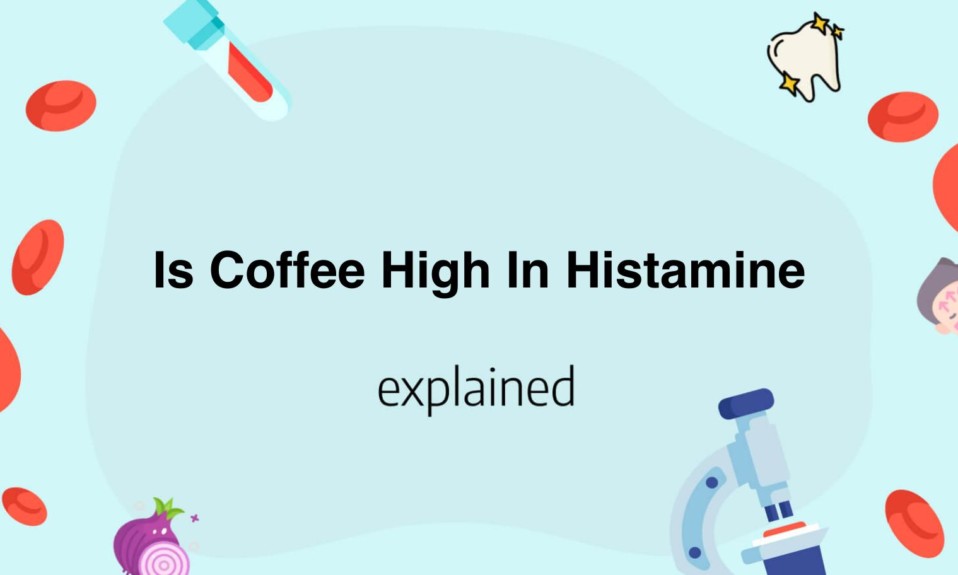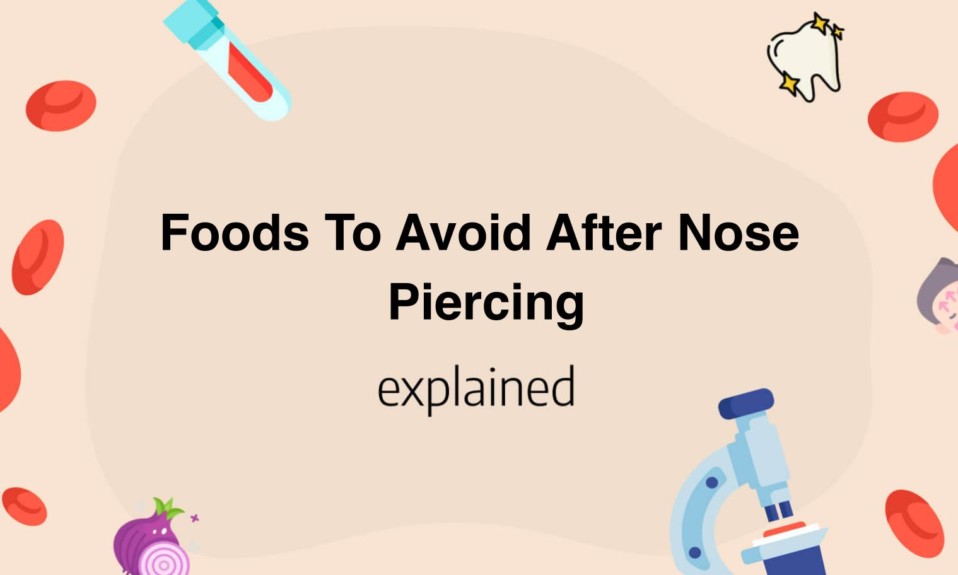If you’re taking amoxicillin to fight an infection, avoiding certain foods is important to ensure you get the most out of your medication.
Amoxicillin is an antibiotic that can treat a range of bacterial infections, but certain foods can interfere with how well it works.
High-calcium and iron-rich foods, dairy products, and alcohol should all be avoided while taking amoxicillin, as they can disrupt the absorption of the medication and reduce its effectiveness.
Keep reading to learn more about the foods to steer clear of while taking amoxicillin.
- Dairy products
- High-fat meals
- Alcohol
- Acidic foods
- Foods that can irritate the stomach
Potential Side Effects of Mixing Amoxicillin and Certain Foods
Mixing certain foods with amoxicillin can potentially lead to some unpleasant side effects.
One of the main culprits to avoid when consuming this medication is dairy products.
The reason being is that dairy has been known to slow down the absorption of antibiotics, which can make them less effective.
However, this doesn’t mean that you have to completely cut out dairy from your diet while taking amoxicillin.
Consuming small amounts of dairy, such as a splash of milk in your coffee, should not be a problem.
But it’s best to avoid consuming large amounts of dairy products, such as a glass of milk or a bowl of ice cream, while taking this medication.
Another food group to be mindful of when taking amoxicillin is high-fiber foods.
These types of foods can also slow down the absorption of antibiotics, which can make it difficult for your body to get the full benefits of the medication.
Some high-fiber foods you may want to avoid include whole grains, beans, and certain fruits and vegetables.
But, as with dairy, this doesn’t mean you have to eliminate these foods from your diet completely.
Instead, try to consume them in moderation while taking amoxicillin.
Lastly, it’s important to avoid alcohol while taking amoxicillin.
Alcohol can interfere with how your body metabolizes the medication, which can potentially lead to more severe side effects.
For example, consuming alcohol while taking amoxicillin can cause nausea, vomiting, and diarrhea.
It’s best to avoid alcohol altogether while taking this medication to avoid any potential complications.
In conclusion, while consuming amoxicillin, it’s important to be mindful of what foods you are eating to avoid any potential side effects.
Remember to limit your consumption of dairy and high-fiber foods while avoiding alcohol altogether.
By following these simple guidelines, you can ensure that your body effectively absorbs the medication and that you experience the full benefits.
Foods to Avoid While Taking Amoxicillin
Amoxicillin is an antibiotic used to treat bacterial infections, such as respiratory infections, ear infections, and urinary tract infections.
However, while taking amoxicillin, it’s important to avoid certain foods that can affect its effectiveness.
Dairy Products: Dairy products, such as milk, cheese, and yogurt, can interfere with the absorption of amoxicillin.
Calcium in dairy products can bind to the antibiotic, decreasing its effectiveness.
It’s recommended to avoid consuming dairy products 1-2 hours before or after taking amoxicillin.
Alcohol: Alcohol can affect how your body metabolizes amoxicillin, reducing its efficacy and prolonging your recovery time.
Drinking alcohol can also increase the risk of side effects, such as dizziness, nausea, and stomach upset.
It’s best to avoid alcohol while taking amoxicillin.
High-Fiber Foods: High-fiber foods, such as whole grains, fruits, and vegetables, can slow down the absorption of amoxicillin in your body.
This can reduce its effectiveness and increase the time it takes to recover from the infection.
It’s recommended to consume a low-fiber diet while taking amoxicillin.
Acidic Foods: Acidic foods, such as citrus fruits, tomatoes, and vinegar, can affect the pH of your stomach and reduce the absorption of amoxicillin.
Avoid consuming acidic foods 1-2 hours before or after taking amoxicillin to ensure maximum absorption of the antibiotic.
In conclusion, while taking amoxicillin, it’s important to avoid certain foods to ensure its effectiveness.
Avoid consuming dairy products, alcohol, high-fiber foods, and acidic foods before or after taking amoxicillin.
By following these recommendations, you can ensure that amoxicillin is effective in treating your bacterial infection.
How Foods Can Interact with Amoxicillin in Your Body
Foods can have a significant impact on the effectiveness of antibiotics like amoxicillin.
When taking amoxicillin, it is essential to be aware of the interactions that can occur and take appropriate measures to avoid any negative consequences.
For instance, dairy products and antacids should be avoided as they can reduce the absorption of amoxicillin by binding with it.
In doing so, they limit its bioavailability and ultimately affect the effectiveness of the medication.
Therefore, it is advisable to wait for a few hours after taking amoxicillin before consuming dairy products or antacids.
On the other hand, foods high in fiber can be beneficial when taking amoxicillin.
They promote healthy digestion and facilitate the elimination of the drug from the body.
A diet rich in fruits, vegetables, and whole grains can help maintain proper gut health and promote optimal absorption of medicine.
Moreover, probiotic-rich foods such as yogurt containing live cultures can help restore the balance of gut bacteria that may have been disrupted due to the use of antibiotics.
It is essential to be mindful of the timing of food consumption and take appropriate precautions when taking amoxicillin.
A common misconception is that taking antibiotics with alcohol can be harmful.
However, there is no direct interaction between alcohol and amoxicillin.
However, alcohol can lead to dehydration and weaken the immune system, potentially diminishing the healing process.
Therefore, it is best to avoid alcohol while on antibiotics and focus on staying hydrated and getting adequate rest.
In conclusion, diet plays an essential role in the absorption, distribution, and elimination of antibiotics from the body.
Understanding how certain foods can interact with amoxicillin and taking appropriate measures can ensure optimal efficacy and success of treatment.
By avoiding dairy, antacids and incorporating high fiber foods and probiotic-rich foods, the bioavailability of amoxicillin can be enhanced.
Remember to stay hydrated and avoid alcohol during treatment for the best possible outcome.

Best Alternatives for Common Foods to Avoid with Amoxicillin
When you’re on amoxicillin, you may need to adjust your diet to avoid certain foods that could interact negatively with the medication.
Some common foods to avoid with amoxicillin include dairy products and high-fat meals.
But fear not! There are plenty of alternatives to enjoy while taking your medication.
For dairy products, try substituting with non-dairy alternatives such as almond milk or soy milk.
Coconut milk is also a great option if you enjoy a creamy texture in your cereal or coffee.
Greek yogurt can be replaced with coconut yogurt, which is also high in probiotics and great for gut health.
For cheese lovers, look for tofu-based alternatives that can be used in dishes like lasagna or pizza.
When it comes to high-fat meals, opt for lean proteins like chicken or fish instead of red meats.
You can also replace fried foods with baked or grilled options to reduce the fat content.
Vegetables can be a delicious addition to any meal, and can be easily roasted or sautéed with garlic and herbs for added flavor.
If you’re looking for some additional flavor, try incorporating spices like turmeric or ginger into your meals.
Both have anti-inflammatory properties and can help combat side effects of the medication.
Drinking plenty of water and staying hydrated can also help alleviate any digestive issues that may arise from taking antibiotics.
In conclusion, there are many delicious and healthy alternatives to common foods that should be avoided while on amoxicillin.
By making some simple substitutions and adding in some flavorful spices and herbs, you can still enjoy a varied and satisfying diet while on your medication.
You’ll also like: Foods to Avoid While Taking Spironolactone
Effects of Alcohol Consumption While Taking Amoxicillin
When it comes to combining antibiotics and alcohol, it’s important to exercise caution.
While some antibiotics can be taken with moderate alcohol consumption, others can have harmful interactions.
Amoxicillin is a commonly prescribed antibiotic used to treat bacterial infections, but is it safe to drink alcohol while taking it?
The short answer is NO.
It is not safe to drink alcohol while taking amoxicillin, as alcohol can interfere with the drug’s effectiveness and increase the risk of side effects.
Alcohol can also worsen the side effects associated with amoxicillin, such as nausea, vomiting, and diarrhea, causing dehydration.
Moreover, consuming alcohol while on amoxicillin can lead to an increased risk of liver damage.
Both alcohol and amoxicillin are broken down by the liver, and the combination of the two can cause liver toxicity that may result in long-term damage.
To avoid these negative effects, it is best to avoid alcohol altogether while taking amoxicillin.
If you do choose to drink, it is important to wait at least 24 hours after the last dose of amoxicillin before consuming alcohol.
This will ensure that the drug has been cleared from your system and reduce the risk of harmful interactions.
If you must drink while taking amoxicillin, make sure to wait at least 24 hours after your final dose to minimize the risk of adverse reactions.
Remember also to consult your healthcare provider before taking any medication or drinking alcohol.
You’ll also like: Foods to Avoid While Taking Azithromycin
Foods That Can Decrease Amoxicillin’s Effectiveness
Some may not realize that certain foods can interact with medications, leading to decreased effectiveness.
When taking the antibiotic Amoxicillin, it is important to be mindful of foods that can decrease its effectiveness.
Calcium-rich foods such as milk, yogurt, and cheese can bind to Amoxicillin in the stomach and prevent it from being properly absorbed into the bloodstream.
Thus, it is best to avoid these types of foods when taking Amoxicillin.
Grapefruit is also known to interact with many medications, including Amoxicillin.
It can interfere with the breakdown of the medication in the body, leading to an increase in the levels of the drug in the bloodstream, which can be dangerous and lead to side effects.
Therefore, it is best to avoid consuming grapefruit while taking Amoxicillin.
Alcohol should also be avoided when taking Amoxicillin, as it can decrease the effectiveness of the medication and potentially cause side effects such as dizziness and nausea.
Fortunately, there are also foods that can increase the effectiveness of Amoxicillin.
Foods high in probiotics, such as yogurt and fermented foods, can help to replenish the good bacteria in our gut that antibiotics like Amoxicillin can sometimes harm.
This can improve digestion and general gut health, leading to a better overall response to the medication.
Iron-rich foods, such as red meat and leafy greens, can also increase the effectiveness of Amoxicillin.
Iron helps the body produce more white blood cells, which are crucial for fighting infections.
By consuming iron-rich foods while taking Amoxicillin, the body may be better equipped to fight off the infection.
Overall, it is important to be mindful of the foods we consume when taking medication such as Amoxicillin.
Some foods can decrease the effectiveness of the medication, while others can enhance it.
By being aware of how certain foods can interact with the medication, we can ensure that we are getting the most out of our treatment and helping our bodies to heal.
You’ll also like:









